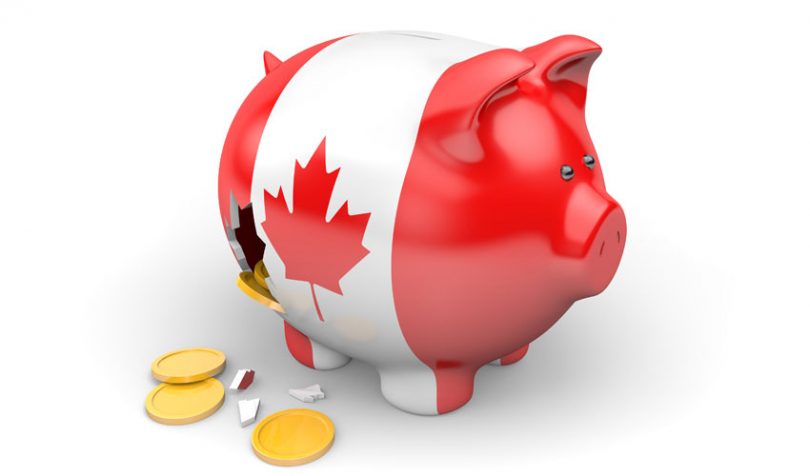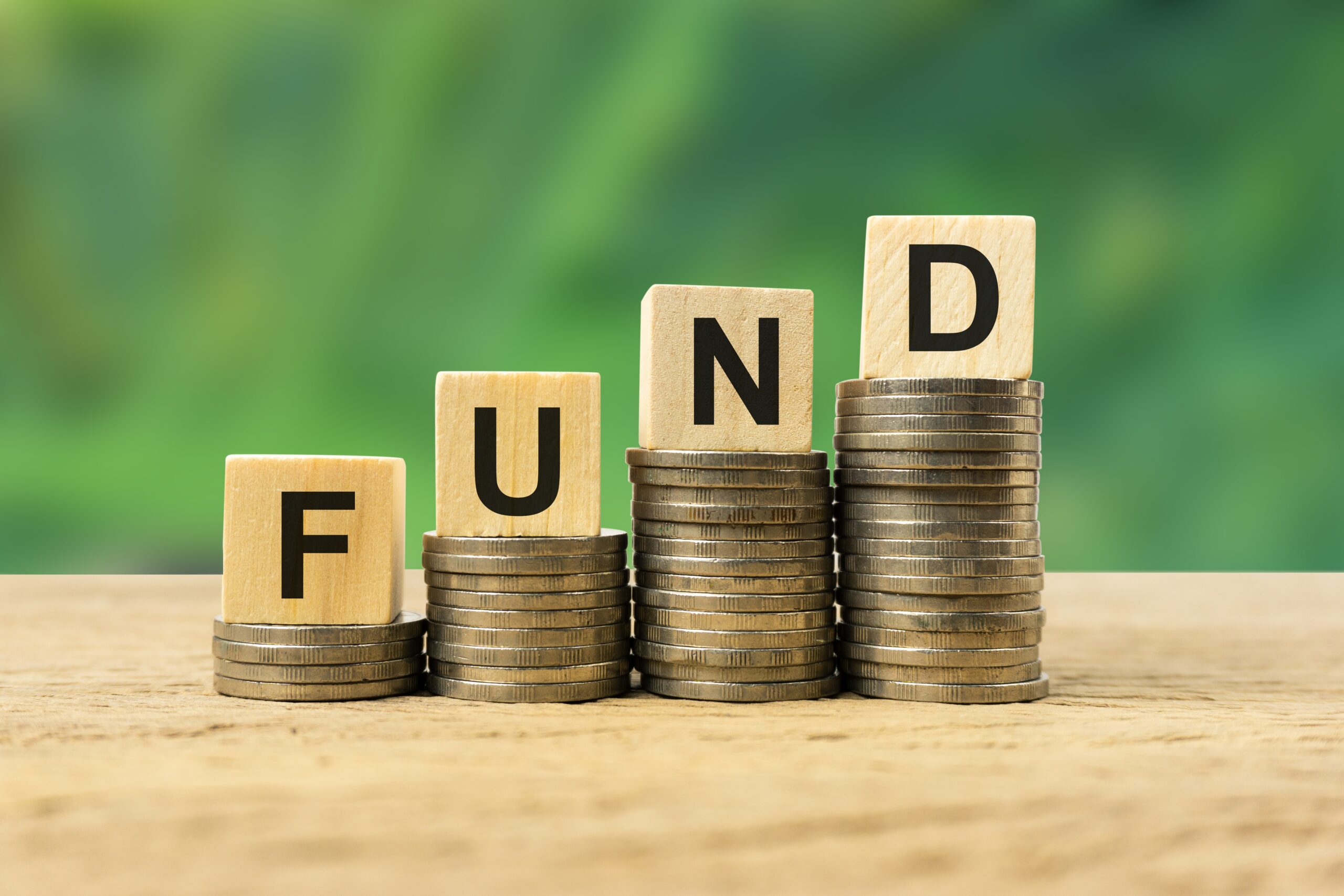Get in touch
- 55 Crockford Blvd, Scarborough, ON M1R 3B7
- hello@www.policydirect.ca
- 647-274-9670
- Monday to Friday: 9am to 6pm
-
Schedule A Call
647-274-9670 -
55 Crockford Blvd,
Scarborough, ON M1R 3B7 -
Our Working Hours
Mon - Sat: 8 am - 6 pm
RRSP
-
PolicyDirect > RRSP
Investing With POLICYDIRECT
Our licensed financial services representatives are here to assist you in creating a complete investment portfolio to meet your investment goals.
Portfolio With POLICYDIRECT
We utilize the traditional investment tools along with the latest investment planning techniques to create investments that work for you.
Investing Made Easy
We offer the advice, solutions and resources you need to reach your goals. And we do it in a way that always puts you first.
Registered Retirement Savings Plan (RRSP)

Save for retirement and benefit today.
Invest in your future while helping lower your income tax bill today. A Registered Retirement Savings Plan (RRSP) is a savings plan, registered with the Canadian federal government that you can contribute to for retirement purposes.
RRSP contributions are tax-deductible, meaning that they can be deducted on your current year tax return, potentially reducing the total amount of taxes you pay.
RRSP
An Efficient Way To Save For Your Retirement
Using Registered Retirement Savings Plans (RRSPs) is a very effective way to save for retirement and reduce taxable income to save for your longer-term goals.
Your RRSP contributions may be tax deductible, meaning that money earned in your plan could grow tax-deferred until you retire, which means your retirement savings can grow faster.
An RRSP also helps you lower your tax bill today, by allowing you to deduct RRSP contributions from your taxable income. By the time you retire you will likely be in a lower tax bracket, so withdrawals are taxed at a lower rate than today.
exective planning
corporate Analysis
Business optimization
the tax management

Policies
Trusted Customers
Companies
Client Satisfaction
Quality Services With Difference
Life Insurance Options
- The Benefits of RRSPs
- At what age am I eligible to contribute to an RRSP?
- Three RRSP accounts to choose from
- When can I withdraw my money?
- How long can my RRSP stay open?

The Benefits of RRSPs
- Tax-Deferred Savings: Any investment income earned on investments held within the plan is tax-deferred, as long as it remains in your RRSP.
- Tax Deductions: Your RRSP contributions are tax-deductible and may help to reduce the total amount of income tax you pay.
- Optimizing Deductions: You can carry forward your unused RRSP contribution room from years of lower income and use it in future years when your income may be higher. This can help you benefit from tax savings when you’re in a higher tax bracket.
- Income Splitting: If you earn more than your spouse or common-law partner, contributing to a spousal RRSP may help reduce the total amount of tax you pay.
- Financing your First Home or Education: You can withdraw money from your RRSP without being immediately taxed to pay for your first home or education, under the Home Buyers' Plan or Lifelong Learning Plan.

At what age am I eligible to contribute to an RRSP?
There's no minimum age required to open an RRSP.
However, some financial institutions may require customers to be the age of majority. You can set up and contribute to an RRSP up to the end of the year you turn 71 as long as you are a Canadian resident, have earned income and file a tax return.
What's the best age to open an RRSP?
This can vary from person to person. Generally, however, the earlier, the better! It's never too early to start investing for retirement. In fact, investing early can potentially help you reap the benefits of tax-deferred compound interest depending on the type of investment you hold.

Three RRSP accounts to choose from
- Individual RRSP account registered in your name. The investments held within this account, and any associated tax benefits, belong to you.
- Direct some or all of your RRSP contribution to a spousal RRSP. You still get the tax deduction, but the plan is registered in your spouse's name.
- LIRAs & LRSPs (Locked-in Retirement Accounts or Locked-in RRSPs) are usually opened following the transfer of a company pension and account holders cannot access funds prior to the age of 55.

When can I withdraw my money?
You can make a withdrawal from your RRSP any time3 as long as your funds are not in a locked-in plan, but withdrawals will generally be included in your income and subject to tax in the year of withdrawal.
Usually, a portion of the withdrawal will be withheld and remitted to the government as a prepayment of the income tax you will owe for the year.
Depending on the amount of taxable income you're earning in the year of withdrawal, it may be beneficial to put off making withdrawals until a year in which your taxable income will be lower.
In addition, unlike withdrawals from a tax-free savings account (TFSA), withdrawals from an RRSP are not added back to your contribution room in the year following the withdrawal.

How long can my RRSP stay open?
You are not allowed to own an RRSP past December 31 of the calendar year you turn 71.
At that point, you’ll have to withdraw funds from the RRSP as a lump sum, transfer its contents to a Registered Retirement Income Fund or purchase an annuity.
RRSP vs. RSP
RSPs (Retirement Savings Plans) and RRSPs are different names for the same retirement savings plan that is registered with the Federal Government.
Here’s why nearly half of Canadians polled invest in an RRSP:
- Use an RRSP to save for retirement while also saving for anything in a TFSA.
- Contributions reduce your annual income, lowering your tax bill.
- Taxes on your investment income are only paid when withdrawn.
- You can borrow money from your RRSP to go to school2 or buy your first home3 without penalty, provided it is repaid within the required time.
- You can make up for missed contribution room from previous years.
HOW RESPs WORK
You can hold a wide range of investments within an RRSP1, depending on the type of plan, including stocks, bonds, guaranteed investment certificates (GICs), and mutual funds. Investment income earned from these investments, is tax-deferred in the RRSP until you withdraw the funds.
How much you can contribute annually is subject to a maximum contribution amount, known as your RRSP contribution or deduction limit. Your RRSP contribution limit for 2021 is equal to 18% of your 2020 earned income, or $27,830 (whichever is lower) plus previous unused contribution room less any pension adjustments.

PROBLEMS
THAT WE CAN SOLVE
- Evaluating your current financial position.
- Tolerance for risk assessment strategy.
- Assessing your future financial needs and goals.
- Creating a custom investment portfolio that meets all your investment and retirement needs and goals.
- Manage and monitor your investments over both the medium and long term.
- Assist you in planning for the unexpected. Updating your financial plan if ever there are changes in your financial situation.

BENEFITS OF
INVESTMENTS
FROM POLICYDIRECT
- Free no obligation consultation.
- No out of pocket cost by you to our representative ever.
- Proprietary Analytical Software Technology to create strong performance and financial outcomes for our clients.
- Professional team of financial services associates to manage your investment portfolio.
- Professional attention and top-notch customer care.
- Ongoing consultation over the phone, on your schedule to make it easy and comfortable for you.
TRY OUR INVESTMENT ADVICE
Get Free Consultation
READ THE ARTICLES
What’s Happening
- By admin
- Sep 09, 2022
New Federal Luxury Tax
A new federal luxury tax is going into effect for motor vehicles with a retail value over $100,000 and personal …




























